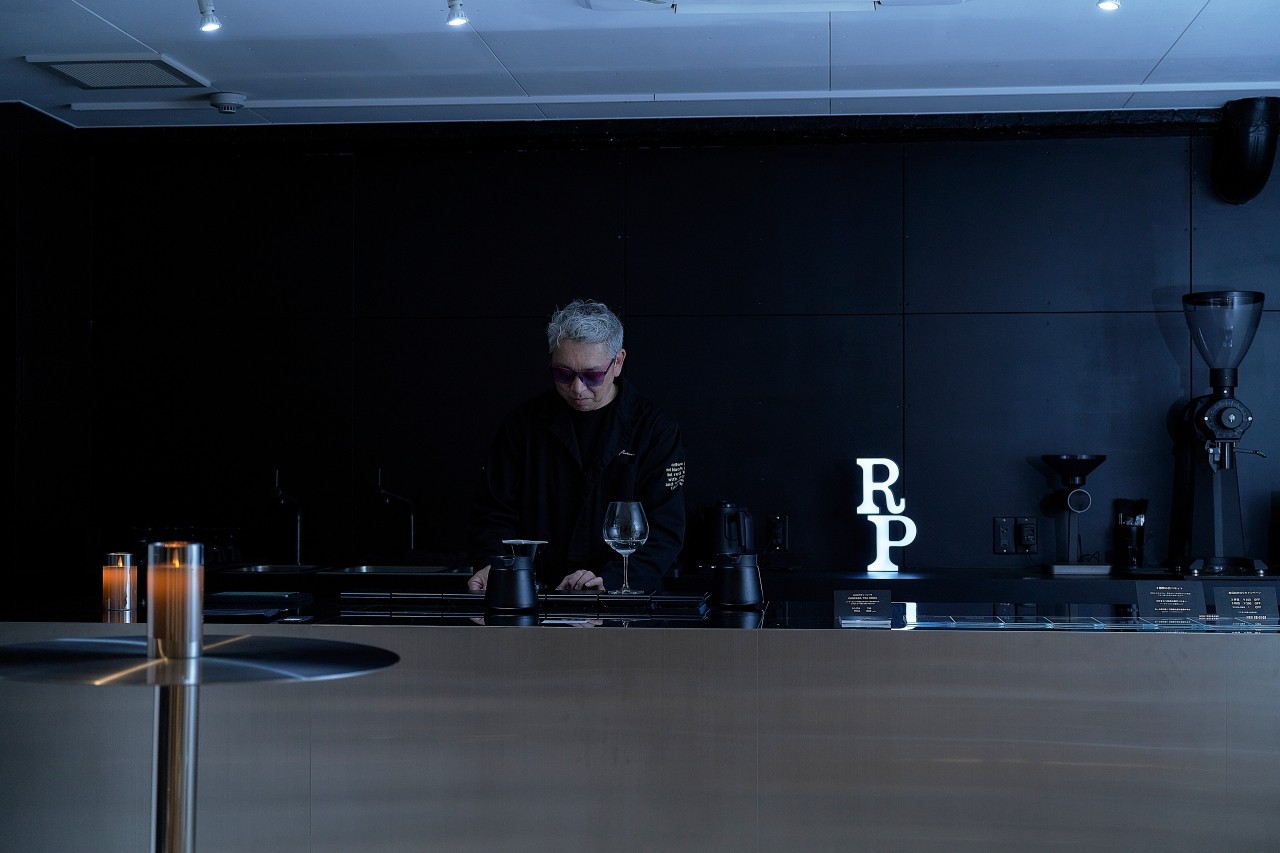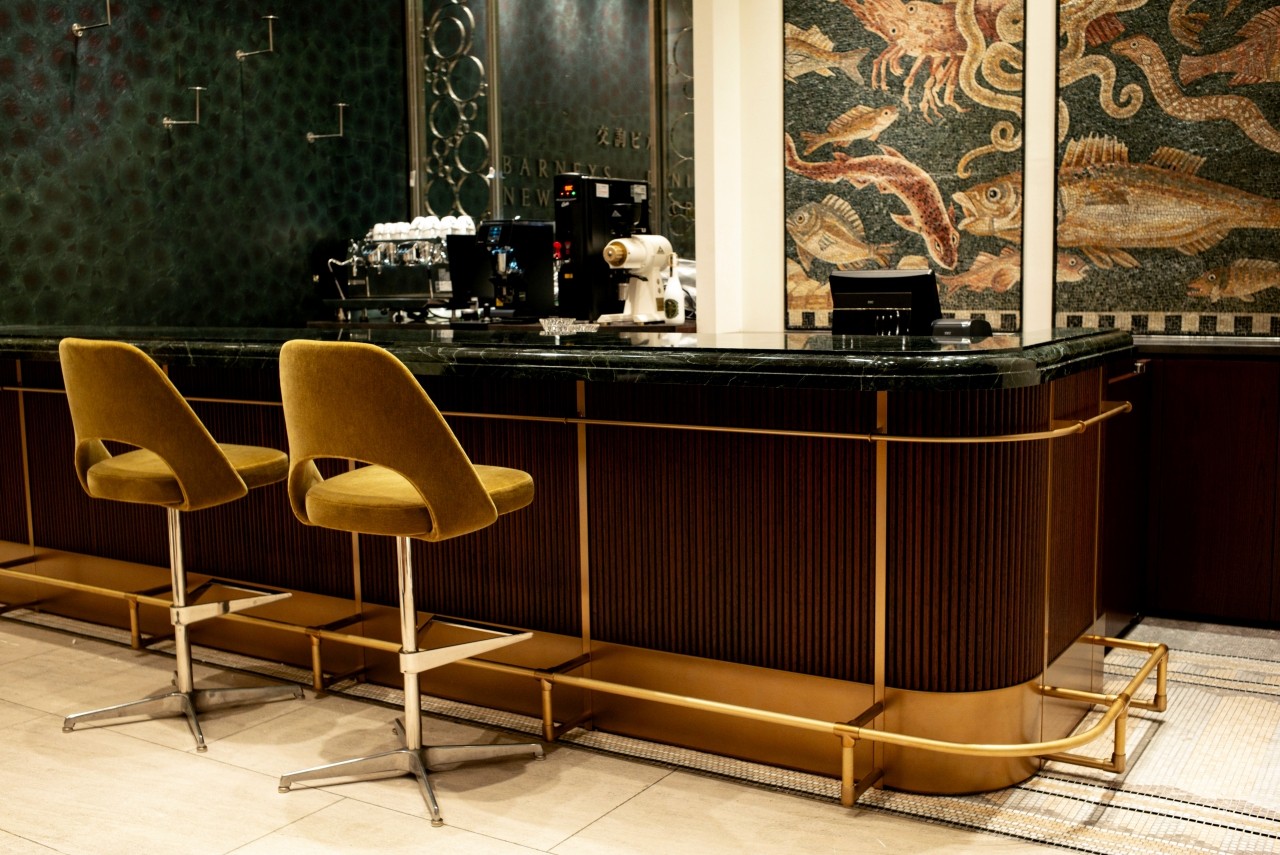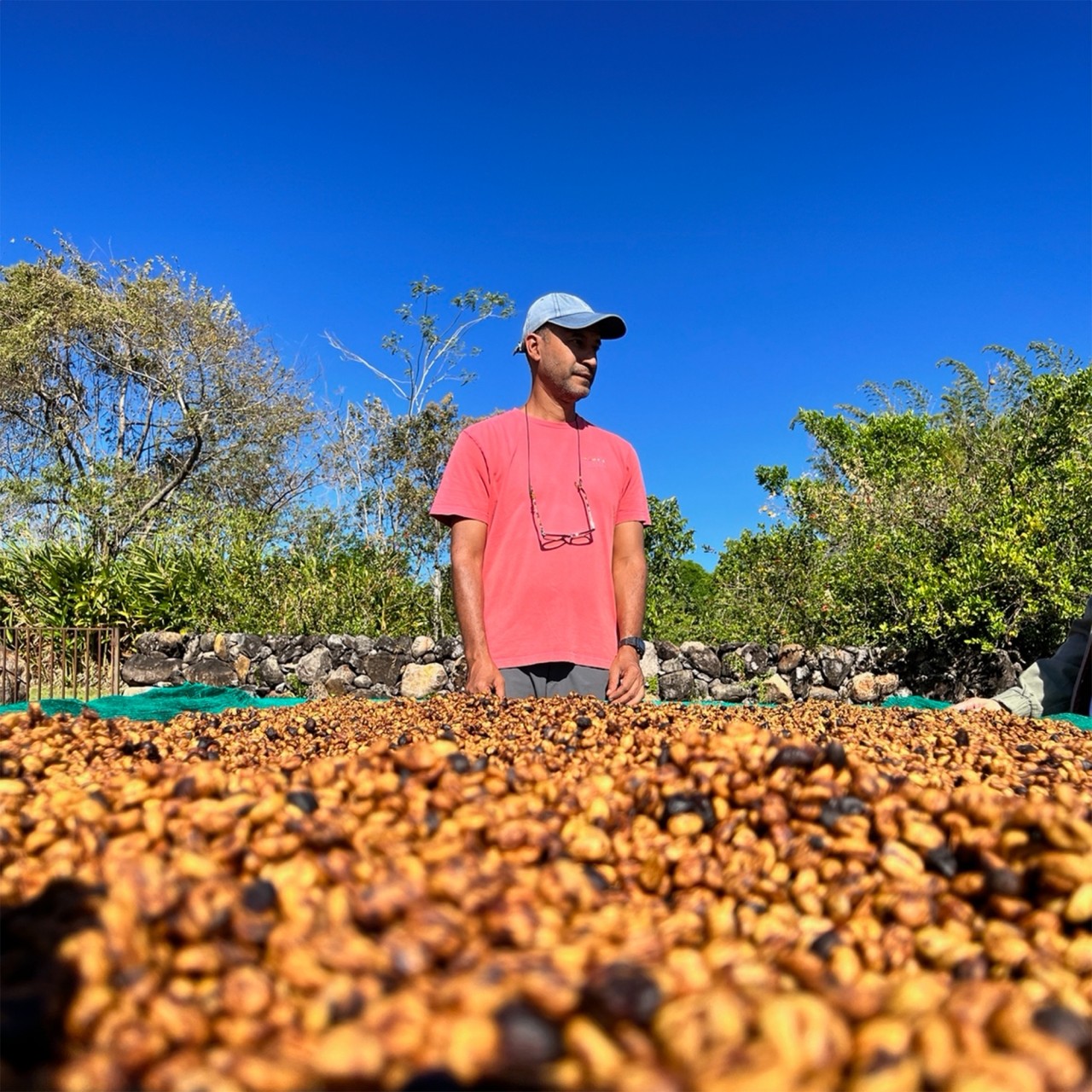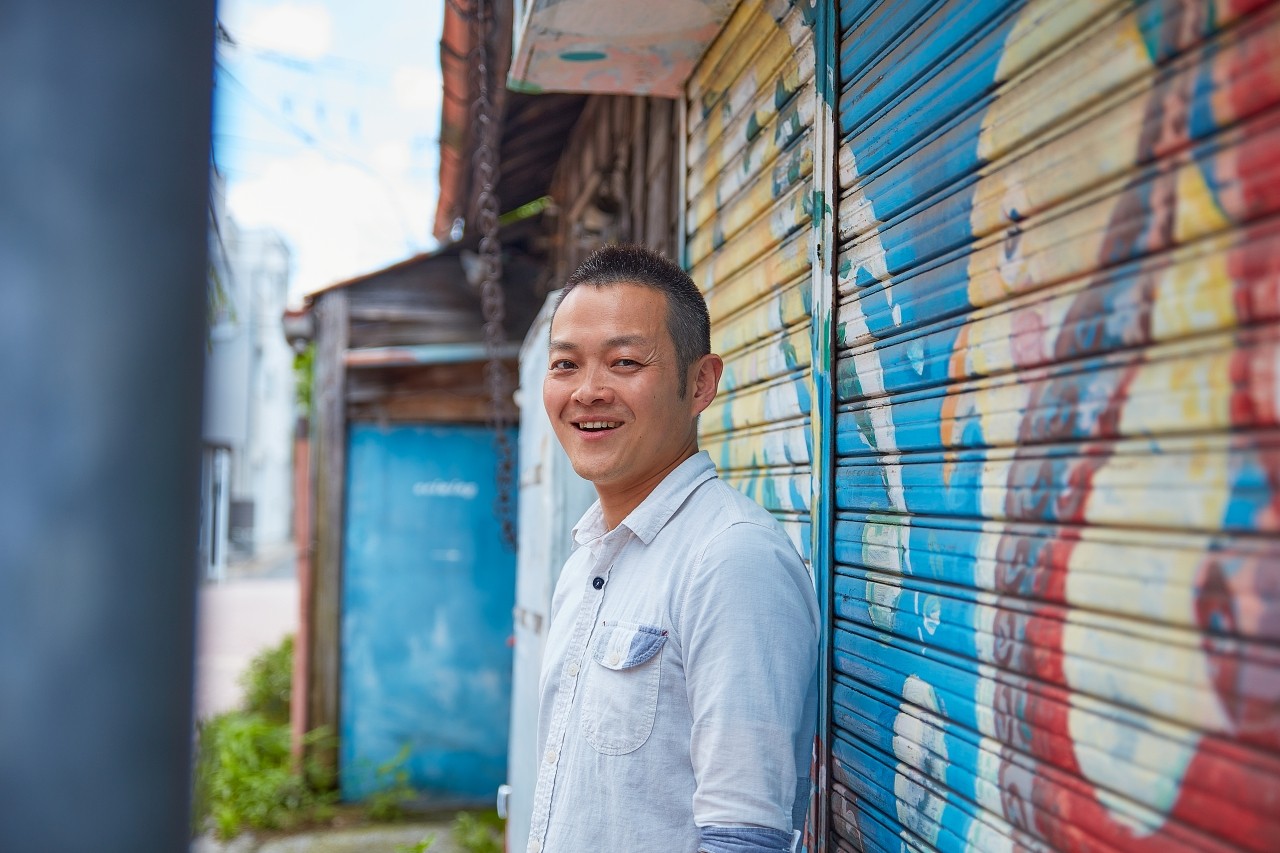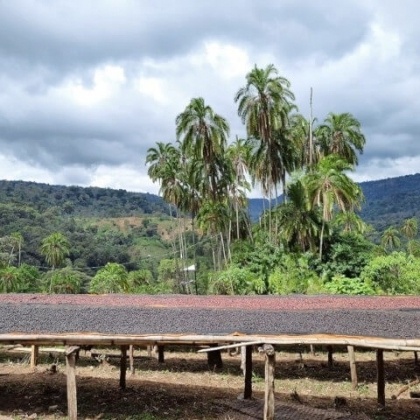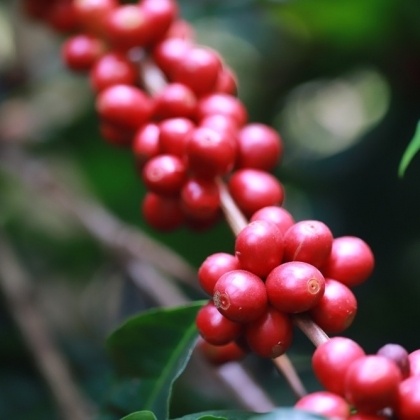What is Bourbon ? The history of Bourbon , one of the two major Arabica varieties
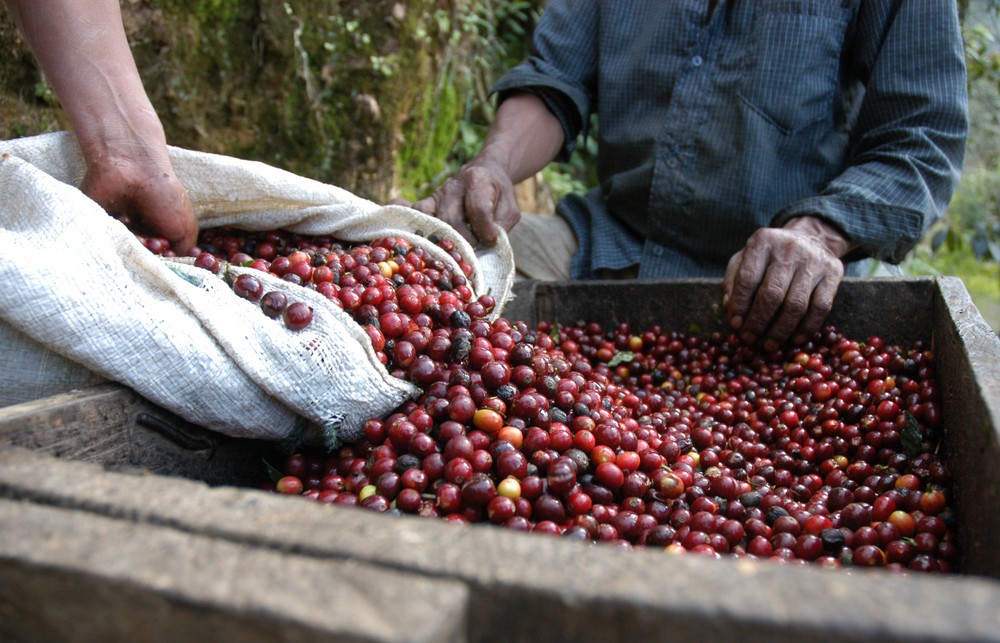
One of the two major varieties of Arabica
In a previous article, we talked about coffee plant varieties.
In this article, we will introduce Bourbon in detail, one of the two major varieties of Arabica: Typica and Bourbon .
By the way, as I mentioned in that article, this variety is not a species on the plant Manabu , but a "cultivated variety."
These two cultivated varieties are considered the two major varieties of Arabica because many of the coffee varieties grown today are derived from these two lineages.
Although Bourbon itself is becoming less common, it is still cultivated and can be drunk as coffee.
First, let me explain the history of how this variety spread around the world.
By the way, as I mentioned in that article, this variety is not a species on the plant Manabu , but a "cultivated variety."
These two cultivated varieties are considered the two major varieties of Arabica because many of the coffee varieties grown today are derived from these two lineages.
Although Bourbon itself is becoming less common, it is still cultivated and can be drunk as coffee.
First, let me explain the history of how this variety spread around the world.
Two major varieties brought from Yemen
Both Bourbon and Typica are descendants of coffee introduced from Yemen.
The exact origins of human cultivation of coffee are unknown, but coffee use in Yemen began in the 15th century, and by the latter half of the 15th century it was being cultivated in earnest.
The Ottoman Empire and the Shiite Islamic dynasties that controlled this area are said to have prohibited the export of coffee trees and seeds, but in the late 17th century they were taken to India and cultivated there, and from there Typica strain was transplanted to Java.
Bourbon , on the other hand, is said to have originated from coffee seedlings that were given to a French merchant by the King of Yemen in the early 18th century.
The seedlings were sent to Reunion Island ( Bourbon Island), a colony that France was developing, and cultivation began, but it is said that only one seedling survived due to the different environment and climate.
Because it is a self-pollinating Arabica species, the offspring of this plant multiplied on the island, making Reunion the first French colony to successfully cultivate coffee.
And the descendants of this one tree are Bourbon .
The exact origins of human cultivation of coffee are unknown, but coffee use in Yemen began in the 15th century, and by the latter half of the 15th century it was being cultivated in earnest.
The Ottoman Empire and the Shiite Islamic dynasties that controlled this area are said to have prohibited the export of coffee trees and seeds, but in the late 17th century they were taken to India and cultivated there, and from there Typica strain was transplanted to Java.
Bourbon , on the other hand, is said to have originated from coffee seedlings that were given to a French merchant by the King of Yemen in the early 18th century.
The seedlings were sent to Reunion Island ( Bourbon Island), a colony that France was developing, and cultivation began, but it is said that only one seedling survived due to the different environment and climate.
Because it is a self-pollinating Arabica species, the offspring of this plant multiplied on the island, making Reunion the first French colony to successfully cultivate coffee.
And the descendants of this one tree are Bourbon .
Spreading to Central and South America and Africa
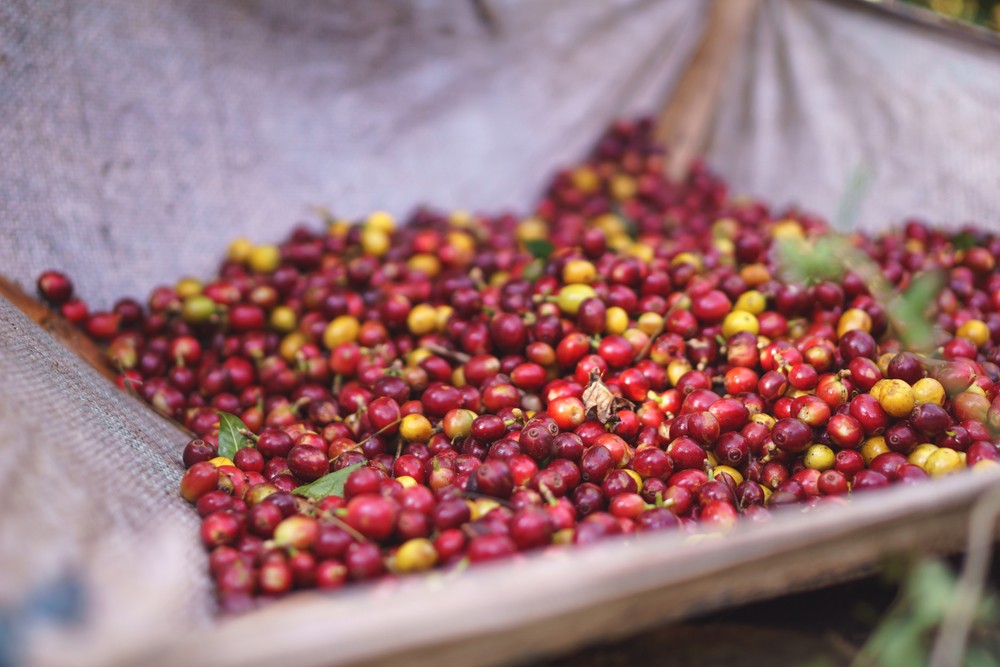
In the mid-19th century, Bourbon was brought from Reunion Island to São Paulo, Brazil, where it was widely cultivated due to its suitable climate, and eventually became the primary variety grown in Central and South America.
Bourbon was also brought to East Africa by French missionaries, and it is said that cultivars such as SL28 and SL34, which are grown in Kenya and Tanzania, were selected from this Bourbon .
Additionally, mutations of Bourbon , such as Caturra and Percus, have emerged in Central America, and these have been crossbred to create many more cultivars.
Bourbon was also brought to East Africa by French missionaries, and it is said that cultivars such as SL28 and SL34, which are grown in Kenya and Tanzania, were selected from this Bourbon .
Additionally, mutations of Bourbon , such as Caturra and Percus, have emerged in Central America, and these have been crossbred to create many more cultivars.
However, Bourbon itself lacked resistance to coffee rust and was less productive than hybrid varieties, so despite its reputation for superior flavor, it was replaced by newer varieties.
Characteristics of Bourbon
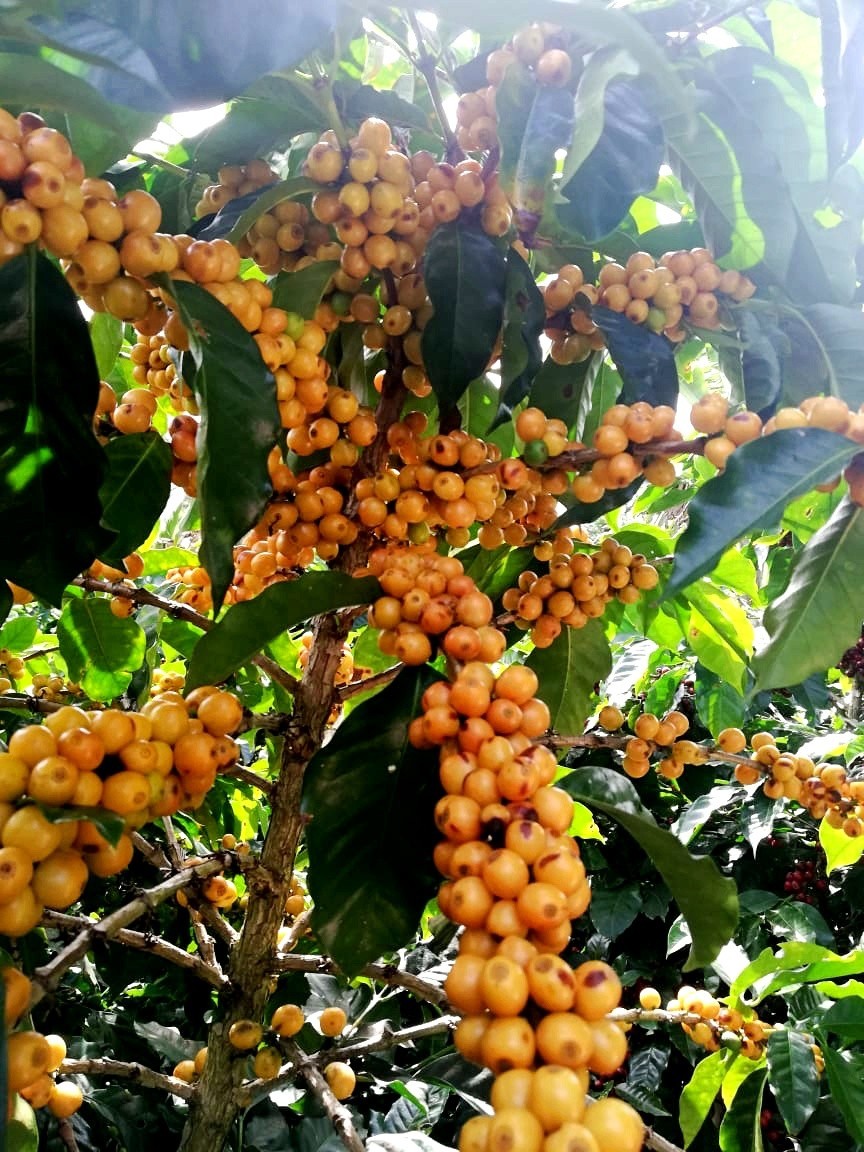 Yellow Bourbon whose ripe fruit is yellow
Yellow Bourbon whose ripe fruit is yellow The distinctive feature of Bourbon coffee beans is their size. Compared to other varieties, Bourbon tend to be smaller.
Ripe coffee cherries are generally red, but yellow ones also exist. Yellow coffee cherries are called Yellow Bourbon (Amarello) and are traded as rare coffee beans.
Bourbon has a rich, full-bodied flavor, and is mellow and sweet.
Bourbon has a rich, full-bodied flavor, and is mellow and sweet.
Yellow Bourbon in particular is said to have a sweeter flavor than regular Bourbon .
Bourbon coffee was once grown in many countries. However, many countries have now switched to cultivating other, more productive coffee beans, making it a rare variety. Famous Bourbon -producing countries today include Brazil in South America, Guatemala in Central America, and Rwanda in East Africa.
Bourbon coffee was once grown in many countries. However, many countries have now switched to cultivating other, more productive coffee beans, making it a rare variety. Famous Bourbon -producing countries today include Brazil in South America, Guatemala in Central America, and Rwanda in East Africa.
Taste Bourbon coffee brands
CROWD ROASTER carries two brands: SJBA, a rare brand of Brazilian Bourbon finished with an anaerobic natural finish, and YBB, a Colombian Yellow Bourbon finished with a refined gold wash method.
Both are unique brands based on high-quality Bourbon .
If you're interested in Bourbon coffee, please give it a try. You can find more information about the brand below.
Read more related articles>>
If you want to enjoy coffee more deeply
" CROWD ROASTER APP"
Manabu at CROWD ROASTER LOUNGE
・Push notifications for article updates・Full of original articles exclusive to CROWD ROASTER
・Direct links to detailed information about green beans and roasters
App-only features
- Choose green beans and roasters to create and participate in roasting events・CROWD ROASTER SHOP: Everything from beans to equipment is readily available
・GPS-linked coffee map function



